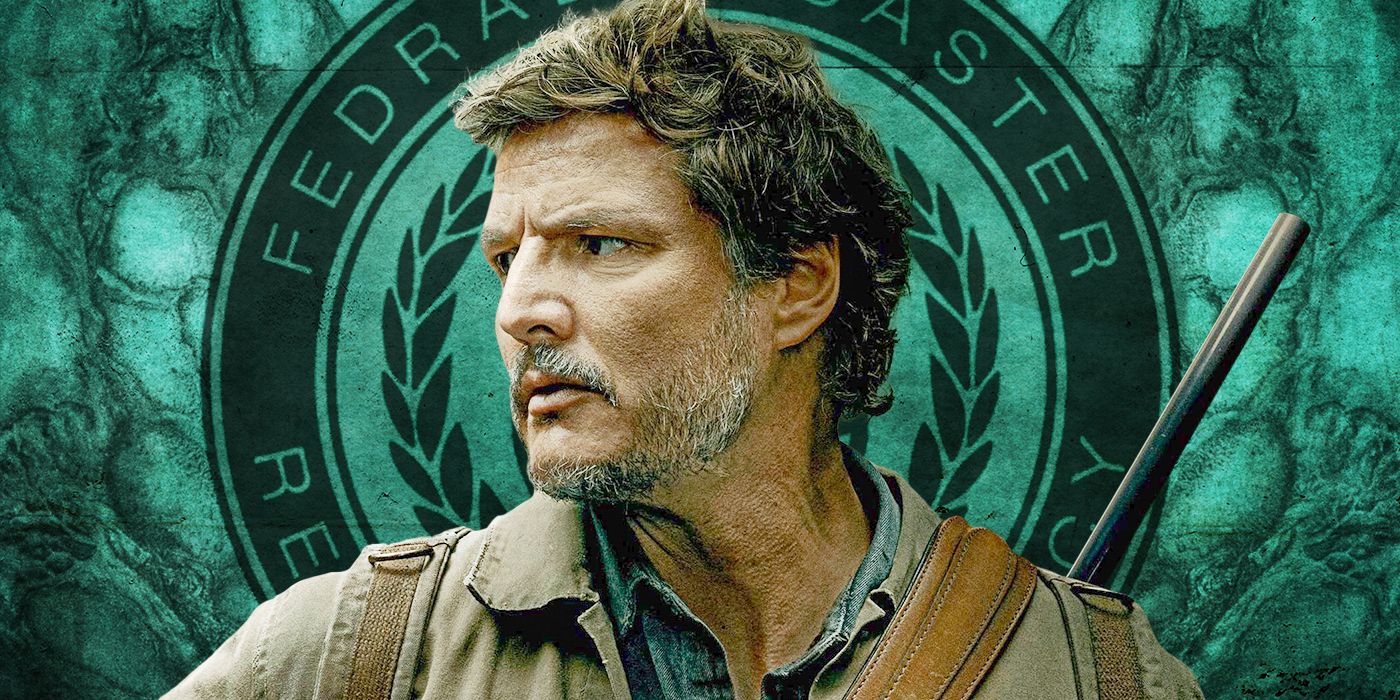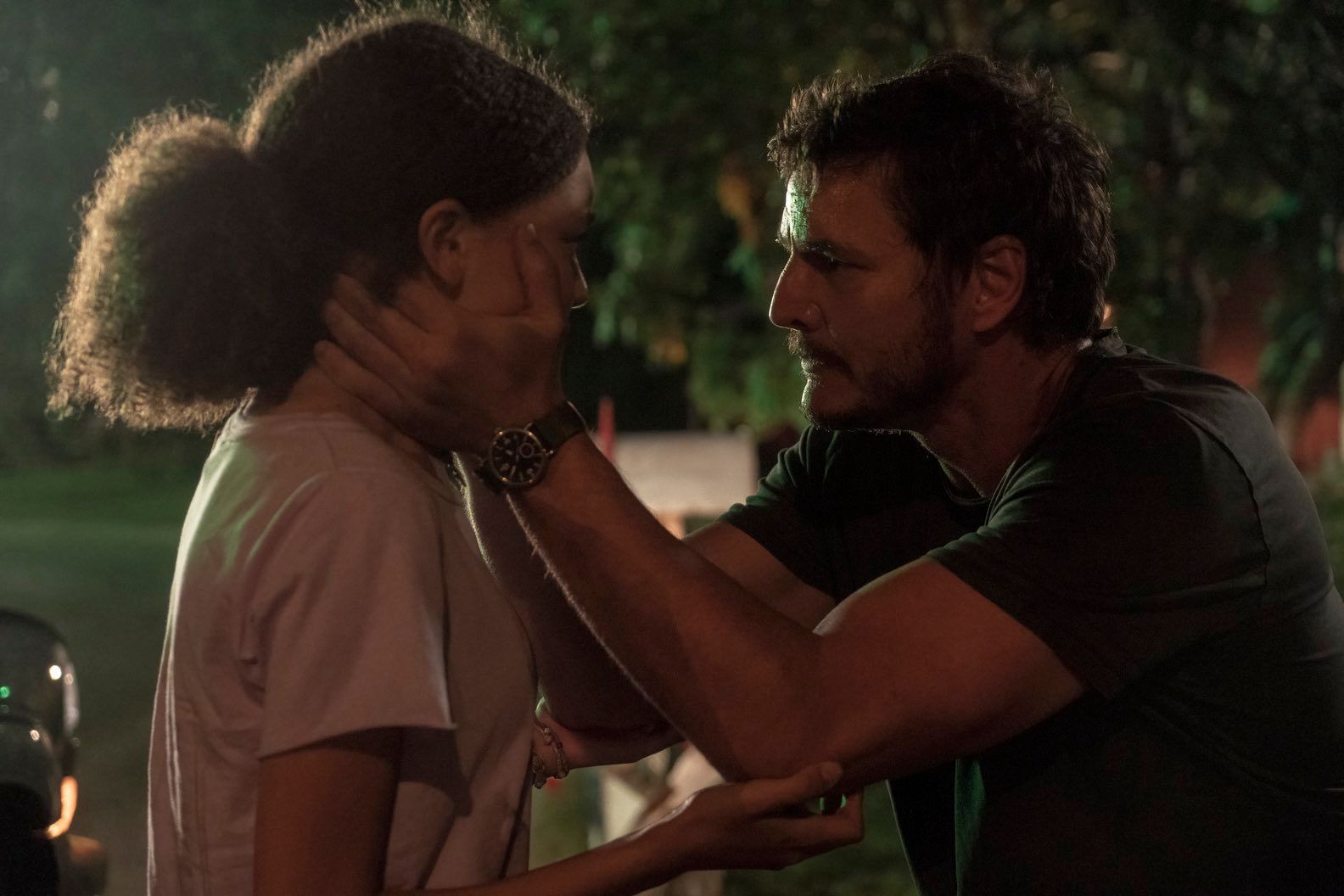Editor's note: The following article contains spoilers for Episode 1 of The Last of Us.
Episode 1 of The Last of Us does an excellent job introducing its cast of main characters and setting the rules for the show’s post-apocalyptic world. Set 20 years after a cordyceps fungi outbreak, The Last Us follows Joel (Pedro Pascal), Tess (Anna Torv), and Ellie (Bella Ramsey) as they cross a destroyed version of the United States. Their journey is motivated by Ellie being immune to the cordyceps, which might be the key to developing a cure or vaccine.
While Episode 1, “When You're Lost in the Darkness,” only sets the foundation for this journey, it already introduces the major political players in the post-apocalyptic world. Among them, there’s FEDRA, the Federal Disaster Response Administration, which controls the remaining human settlements with an iron fist.
What Is FEDRA in 'The Last of Us'?
“When You're Lost in the Darkness” begins in 2003, right before the outbreak that would lead humanity to the brink of extinction. When cordyceps fungi start to infect humans, turning them into beast-like creatures, the US military is charged with stopping the infection from spreading at all costs. That’s why, in the evening of the outbreak, soldiers are ordered to execute civilians if they think they might have been bitten by people infected with cordyceps. That’s precisely what happens with Joel’s daughter, Sarah (Nico Parker), who gets shot down while trying to escape the chaos. It’s a gut-punching scene that promises the series will break our hearts multiple times in future episodes. But it’s also revealing the limitation of pragmatic military thinking.
20 years later, what’s left of humanity lives in walled cities controlled by FEDRA, a military agency that’s responsible for keeping survivors alive. And from what Episode 1 tells us, FEDRA is not concerned about morals or basic human rights. All that matters is keeping the infected people outside the walls.
As we see in “When You're Lost in the Darkness,” FEDRA has armed men patrolling the streets, enforces a strict curfew, and even hangs people who disobey their laws in public. FEDRA also uses special tools to detect infected people, killing them before they begin to show symptoms, even if they are children. FEDRA’s life-disposing process is so well organized that they even have a crew of citizens being paid to burn bodies. And by the sheer amount of dead Joel helps to push into bonfires, FEDRA doesn’t refrain from massacring its own people, all for the supposed sake of safety.
Fear is a powerful incentive when it comes to disrespecting basic human rights, and under FEDRA’s authoritarian surveillance, the surviving humans can’t hope to have a fulfilling life. Then again, they can at least remain alive. We still haven’t seen what’s happening everywhere in the US twenty years after the initial outbreak. However, as much as it pains us to admit it, FEDRA’s brutal methods have kept cities safe for two decades. That’s the beauty of The Last of Us setting so far. There’s no absolute good and evil, just people trying to survive however they can. And sometimes, that means putting tyrants in power.
New episodes of The Last of Us come to HBO and HBO Max every Sunday.


